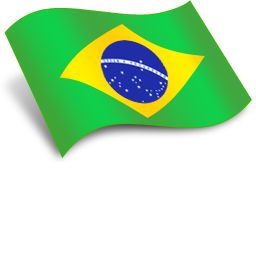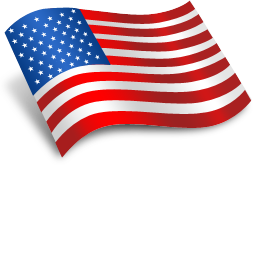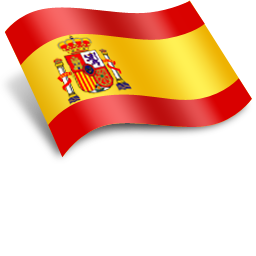The Origin System LAIA is more flexible than the MERCOSUR, because it allows the products have 50% at least of national content for all countries, except for the less developed, which can be 40%.
In MERCOSUR Origin Regime is necessary that the product has 60% regional content.
What you need to know to export to any country LAIA?
First, it should be checked the product code, which can be found in SISCOMEX. Soon after, the exporter must check if the item in question is traded in any agreement signed by Brazil. Moreover, the exporter must classify their product NALADI / HS (tariff classification LAIA), available at www.aladi.org as well as arrange the issuance of certificate of origin along one of the accredited entities and send it to the importer.
In case of doubt as to the classification, contact the Internal Revenue Service in your region.
Who can issue in Brazil, the valid certificate of origin for the LAIA agreements?
The certificate of origin is issued by the Federation of Commerce, Industry and Agriculture and Trade Associations few, empowered by the LAIA for this purpose.
The list of accredited bodies is the object of SECEX Circular No. 44, dated 11/13/00, available on the website of the Ministry of Development, Industry and Foreign Trade www.desenvolvimento.gov.br
Within the framework of LAIA trade can be made with the intervention of operators from third countries?
Yes These operations are planned for both operator member country as a non-member of the Association.
In such cases as shall be issued a certificate of origin?
The Certificate shall be issued with the invoice number of the operator, and the producer / exporter of the country of origin shall indicate in the "COMMENTS" that the goods will be invoiced by a third country, stating name, company name and address of the operator. If at the time of issuance of the Certificate does not know the invoice number of the operator, the corresponding area of that document should not be filled, and the importer must submit to the customs authorities an affidavit justifying the fact, containing the number and date of invoice and Certificate of Origin that support the operation.
What types of agreements exist under the LAIA?
Agreements may be of partial or Regional, differing from each other by all signatories or not between the member countries of the Association.
The Partial Scope Agreements - AAPs are those who do not count with the participation of all the member countries of LAIA, being used to deepen the process of regional integration through its progressive multilateralism.
The main ones are:
AAPs Renegotiation of Preferences granted in the period 1962/1980 (transition period of extinct LAFTA) - are bilateral, known simply as Partial Scope Agreements and its rights and obligations are applied exclusively to countries that subscribe.
AAPs Economic Complementation - called Economic Complementation Agreements - ACEs can be multi-or bilateral, containing devices trade policy broader than those covered by the AAPs Renegotiation, cited earlier.
AAR # 4 - establishes a Regional Tariff Preference - PTR, the name by which he is known.
Scope Agreements Regional Opening Markets - known as lists Opening Markets - LAMs, aimed at promoting regional economic leveling through unilateral concessions granted to the countries of relatively less developed, countries classified as "other."
What countries make up the LAIA?
The LAIA includes 13 countries classified into 3 categories according to their economic-structural characteristics:
In less economically developed:
Bolivia
Ecuador
Paraguay
In intermediate development:
Chile
Colombia
Cuba
Panama
Peru
Uruguay
Venezuela
Other countries:
Argentina
Brazil
Mexico







